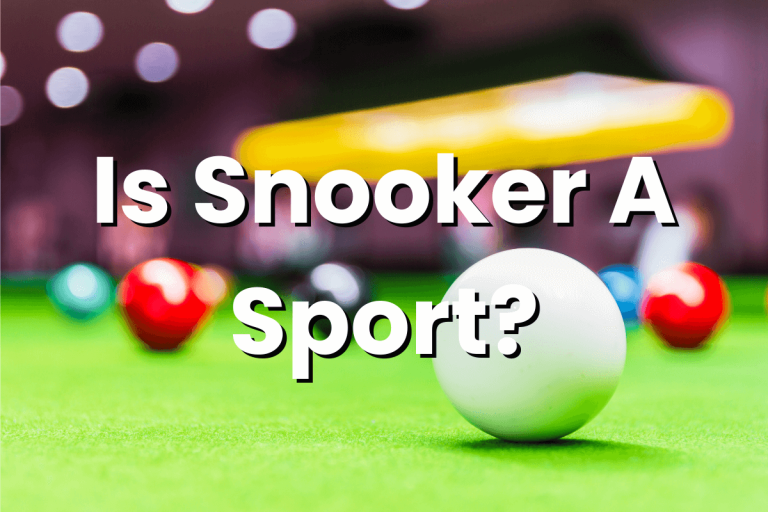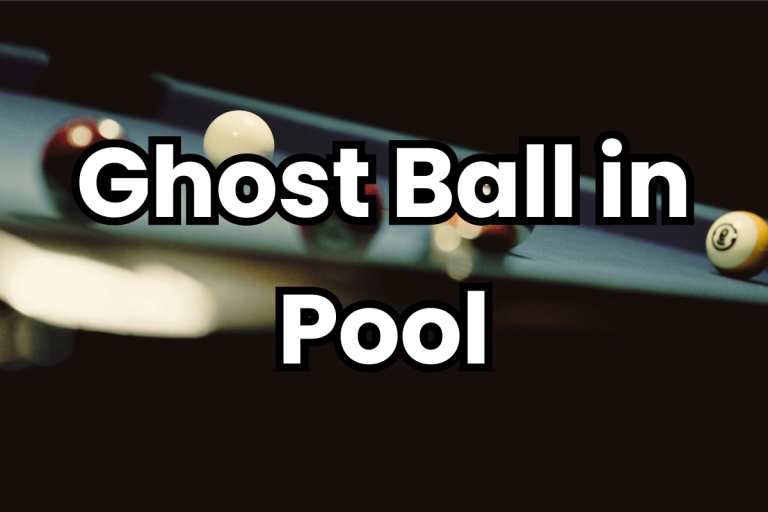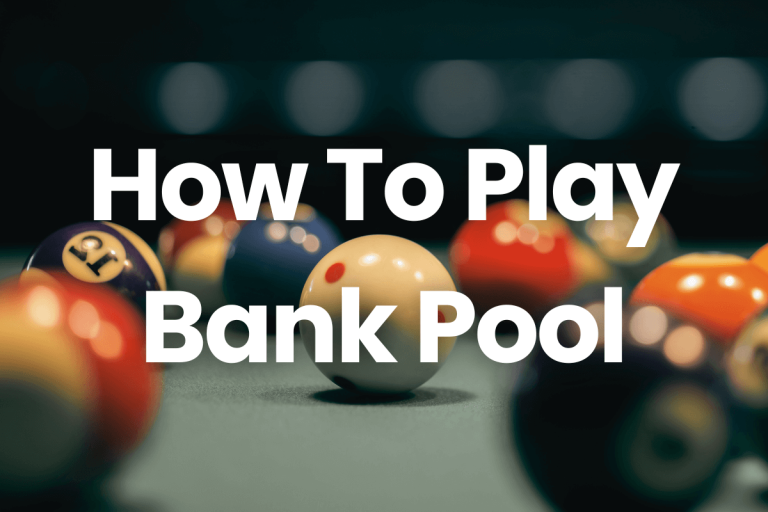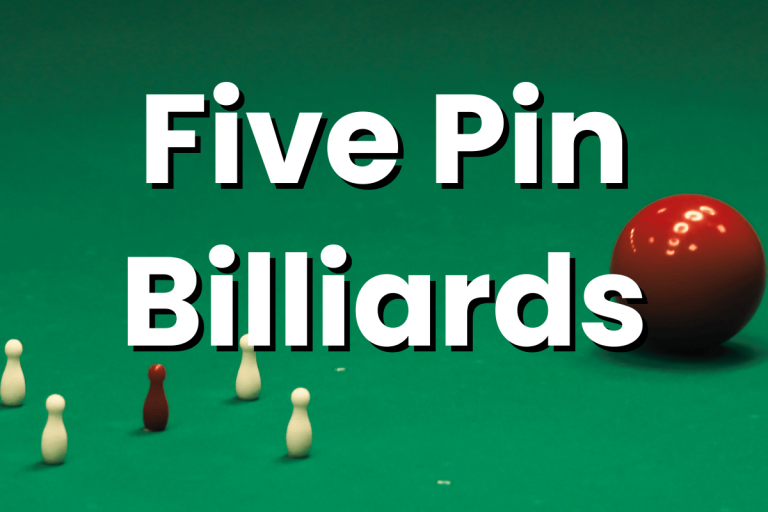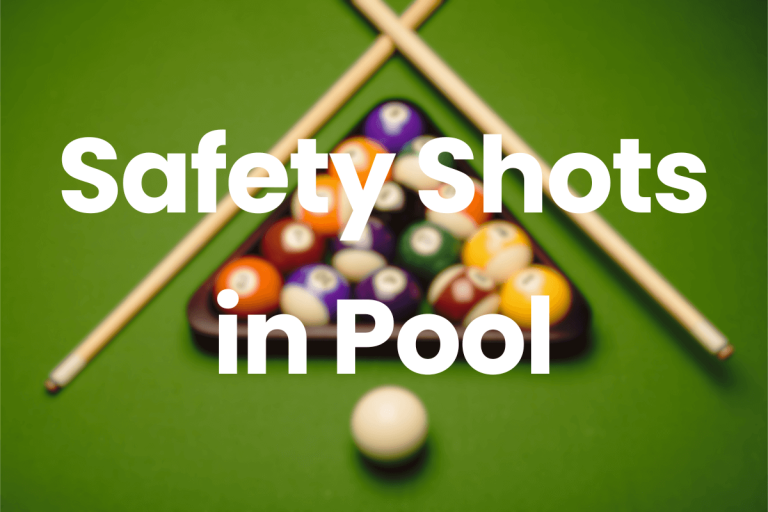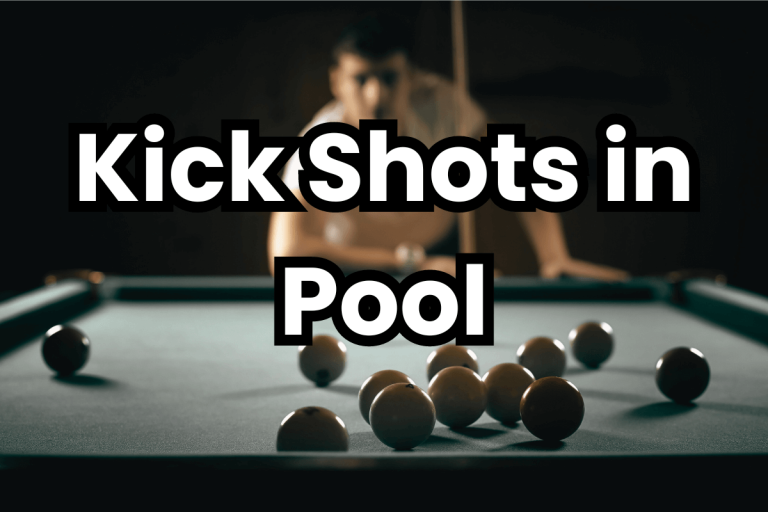Cue Ball Spin Secrets: Master the Art of Spin (2024)
Hey there, pool enthusiasts! Ever wondered how pro players make that cue ball dance around the table with such finesse? That’s the magic of cue ball spin, a skill that can truly transform your game. Spinning, or putting ‘English’ on the cue ball, isn’t just about flair; it’s a tactical game-changer. It lets you control where the ball goes and how it interacts with others, setting you up for the next shot or making life difficult for your opponent.
In the world of pool, mastering different spins – top spin, back spin, side spin Combination Spin – is like unlocking a secret level in a video game. Each spin type tweaks the ball’s path and speed, opening up a whole new range of shot possibilities. It’s not only about honing your technique but also about sharpening your strategic thinking. Whether you’re sinking a tough shot or maneuvering the cue ball into a strategic position, knowing how to spin it right can give you an edge.
Understanding Cue Ball Spin
What is Cue Ball Spin?
Picture this: you’re at the pool table, cue in hand, eyeing your shot. You hit the cue ball, and instead of just rolling straight, it curves, bounces, or stops abruptly. That, my friends, is cue ball spin in action. In technical terms, it’s the rotation you impart on the cue ball when you strike it off-center. This spin alters the ball’s trajectory and behavior after it hits other balls or the table’s cushions, giving you more control over the game.
The Role of Spin in Pool
Spin isn’t just for show; it’s a key tactical element in pool. It allows for more precise shots, and better positioning for your next move, and can even help you escape tricky situations. Mastering spin can mean the difference between a good player and a great one.
Types of Spins
Top Spin (Follow): In this, After hitting the target ball cue ball spins forward.
Back Spin (Draw): The ball reverses direction after contact, useful for pulling the ball back towards you.
Side Spin (English): It causes the cue ball to move left or right after hitting a cushion, perfect for angle adjustments.
Combination Spin: Used for advanced shots where precise positioning is critical.
The Physics Behind Spinning the Cue Ball
Unraveling the Mystery with Basic Physics Principles
When you dive into the physics of spinning a cue ball, you’re essentially exploring the fundamental laws of motion and energy. It’s fascinating how these principles play out on a pool table.
Newton’s Laws at Play
- Law of Motion: When you strike the cue ball, you’re transferring energy from the cue stick to the ball. This energy and the point of contact determine the ball’s spin.
- Action and Reaction: The way the cue ball interacts with other balls or the table cushions also follows Newton’s third law – for every action, there’s an equal and opposite reaction.
How Spin Affects the Cue Ball’s Movement
Top Spin (Follow)
Physics at Work: The forward spin increases the friction between the ball and the tablecloth, propelling the ball forward after hitting another ball.
Trajectory Change: This spin often results in a longer, more forward trajectory post-impact.
Back Spin (Draw)
Physics Insight: Back spin reduces the friction momentarily, allowing the ball to slide back toward you before the spin takes over.
Movement Pattern: Expect a shorter, reversed trajectory after it hits the target ball.
Side Spin (English)
Physics Explanation: Side spin causes the ball to move laterally, thanks to the asymmetrical friction it encounters.
Trajectory Shift: After hitting a cushion, the ball deviates to the left or right, depending on the spin direction.
Combination Spin
Complex Physics: Combining spins involves multiple forces acting simultaneously, creating intricate movement patterns.
Trajectory Outcome: These spins can result in unpredictable paths, requiring a deep understanding of physics to execute successfully.
Choosing the Right Pool Cue for Effective Cue Ball Spin
Cue Weight and Balance
Find Your Match: The weight and balance of the cue should feel comfortable in your hands. Typically, cues range from 17 to 21 ounces. The right weight aids in control and precision.
Cue Tip Diameter
Size Matters: A smaller diameter tip (about 11.75 to 13 mm) offers more precise contact with the ball, which is essential for applying spin.
Cue Shaft
Flex and Feel: The shaft’s flexibility can affect the cue’s responsiveness. A low-deflection shaft is often preferred for its accuracy in shots requiring spin.
Techniques for Spinning the Cue Ball
Mastering the spin on a cue ball is a key skill in pool, allowing for greater control and precision in your shots. Here’s a step-by-step guide to applying the four main types of spins: top spin, back spin, side spin, and combination spin.
1. Applying Top Spin (Follow)
Step-by-Step:
- Position Your Cue: Aim slightly above the center of the cue ball.
- Steady Stroke: Deliver a smooth, firm stroke. The cue should move in a straight line toward the point of contact.
Controlling the Spin:
- Adjust the Contact Point: The higher above center you strike, the more top spin you’ll impart.
- Vary the Stroke Speed: A faster stroke imparts more spin, propelling the ball further after contact.
2. Applying Back Spin (Draw)
Step-by-Step:
- Aim Below Center: Position your cue to strike the cue ball below its equator.
- Firm, Snappy Stroke: The stroke should be quick and crisp, pulling the cue back immediately after contact.
Controlling the Spin:
- Contact Point Variation: Striking lower on the ball increases the back spin.
- Speed and Follow-Through: A quicker stroke with a swift follow-through will enhance the backspin.
3. Applying Side Spin (English)
Step-by-Step:
- Side Contact: Aim to the left or right side of the cue ball’s center.
- Smooth, Direct Stroke: Hit the ball in a straight line, ensuring the cue doesn’t waver off course.
Controlling the Spin:
- Degree of Offset: The further from the center you strike, the more pronounced the side spin.
- Moderate Stroke Speed: Maintain a balanced speed for controlled side spin.
4. Applying Combination Spin
Step-by-Step:
- Mixed Contact Point: Aim at a point that combines the desired top/back and side spins.
- Controlled, Precise Stroke: This shot requires a very precise and controlled stroke for the desired effect.
Controlling the Spin:
- Fine-Tune Contact Points: Slight adjustments in contact point can drastically change the ball’s movement.
- Balanced Speed and Follow-Through: Combination spins require a perfect balance in stroke speed and follow-through.
Advanced Spinning Strategie
1. Precision Positioning with Spin
Cue Ball Placement
- Strategy: Use spin to precisely place the cue ball for your next shot. Backspin can pull the ball closer, while top spin can push it further down the table.
- Application: After potting a ball, think two or three shots ahead. Use spin to set yourself up for a seamless sequence of shots.
2. Escaping Snookers
Navigating Tight Spaces
- Technique: Side spin (English) is particularly useful for escaping snookers. It allows the cue ball to curve around obstacles.
- Practice: Set up practice scenarios where you’re snookered and experiment with different spins to find escape routes.
3. Defensive and Offensive Spin Use
Controlling the Game
- Defensive: Use spin to leave the cue ball in a position that’s difficult for your opponent.
- Offensive: Apply spin to break clusters or open up the table for an aggressive play.
4. Utilizing Combination Spins
Advanced Shot Making
- Combining Spins: Practice shots that require a mix of backspin and side spin, or top spin and side spin. These shots can be game-changers in tight spots.
- Control and Precision: Combination spins require a lot of control and precision. Practice these to get a feel for how the cue ball reacts.
5. Reading Table Cloth and Cushions
Adapting to Conditions
- Observation: Understand how the table’s cloth and cushion affect spin. Faster clothes may require less power in spinning shots.
- Adaptation: Adjust your spinning techniques based on the table’s responsiveness to spin.
Conclusion
To excel in cue ball spin, focus on grasping different types of spins, refining your cueing accuracy, and adapting to the nuances of each pool table. Regular practice and experimenting with various spin techniques are crucial. Embrace the challenge of creative spin shots to enhance your game. As you become more adept with spins, you’ll notice a significant improvement in your strategic play. So, keep practicing and exploring the art of spinning the cue ball – it’s a surefire way to elevate your pool skills!
FAQs
Can any pool cue be used for spinning the cue ball?
While you can spin the cue ball with most cues, a cue with a good grip, balanced weight, and a well-maintained tip enhances control and precision in spinning.
Does spinning the cue ball require a lot of force?
Not necessarily. It’s more about precision and the point of contact on the cue ball rather than brute force. A controlled, accurate stroke is often more effective than a powerful one.
Is it easier to spin the cue ball on certain types of pool tables?
Yes, the cloth’s speed and the cushion’s responsiveness can affect how the cue ball reacts to spin. Faster clothes and responsive cushions can amplify the effects of spin.
How long does it take to become proficient in spinning the cue ball?
It varies from player to player, depending on practice frequency and natural aptitude. Regular, focused practice can significantly speed up the learning process.
Can spinning the cue ball lead to more fouls in a game?
Incorrectly applied spin can lead to unintended fouls, like scratching (cue ball going into a pocket). Understanding and control are key to preventing such errors.


